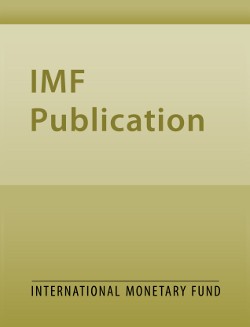
Net Foreign Assets and International Adjustment in the United States, Japan and the Federal Republic of Germany
This paper examines external adjustment in the U.S., Japan and Germany from the perspective of net foreign asset positions. It asks two questions: What are, in the long run, the determinants of net foreign asset equilibrium? and: What are, in the short run, the adjustment mechanisms sustaining that equilibrium? An analysis of postwar data produces two insights. First, using a cointegration approach, the existence of long-run net foreign asset equilibrium can be identified; in each of the G-3 countries, it is a function of demographic variables and public debt. Second, deviations from the long-run equilibrium give rise to disequilibrium feedback through domestic absorption and through other channels.
Publication date: March 1989
ISBN: 9781451921144
$10.00
Add to Cart by clicking price of the language and format you'd like to purchase
Available Languages and Formats
| Paperback | ePub | Mobi | ||
| English |
Prices in red indicate formats that are not yet available but are forthcoming.
Topics covered in this book
This title contains information about the following subjects.
Click on a subject if you would like to see other titles with the same subjects.
Economics- Macroeconomics , Economics / General , International - Economics , foreign asset , foreign assets , net foreign assets , net foreign asset , foreign asset positions
Summary
Copyright © 2010 - 2025
Powered by:
AIDC



